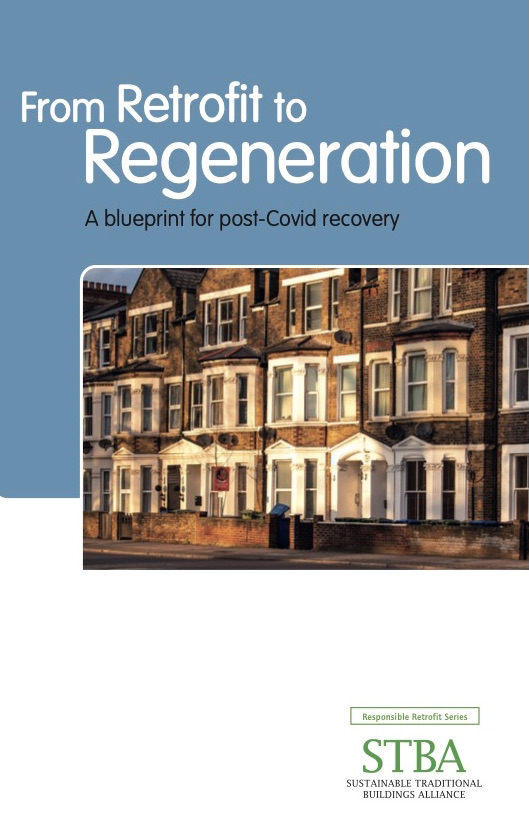We are now inviting innovators and experts in the heritage and sustainability fields to submit contributions to present at the conference in York on Tuesday 5 November.
You are welcome to submit a proposal for a conventional 20-minute talk. We are also open to suggestions for alternative formats, including Lightning Project Talks, Poster Sessions and PechaKucha Presentations.
This conference is in person only and we are unable to accept virtual presentations.
Topics of interest
We are keen to hear from professionals who can offer insights, share experiences, and present cutting-edge research on a wide array of topics within the theme, including but not limited to:
1. Materials for the Future: Exploring sustainable materials and building techniques that respect the traditional performance of old buildings while meeting contemporary demands for efficiency and environmental responsibility.
2. Educational Initiatives: Discussing strategies for educating professionals, craftspeople and the public about the significance of traditional buildings and fostering the skills necessary for their preservation and enhancement.
3. Innovative Applications: Showcasing projects and case studies that demonstrate innovative approaches to the repair and adaptation of traditional buildings for modern use.
4. Community Engagement: Highlighting successful community-driven initiatives aimed at preserving heritage, revitalising historic areas, and promoting sustainable development practices.
5. Technological Advancements: Presenting advancements in technology, digital tools, and methodologies that aid in the documentation, analysis, and conservation of traditional buildings.
How to submit your contribution
Please submit a brief abstract (250-300 words) using this online form by Monday 2 September 2024, 5pm.
Your abstract should outline your proposal for a presentation, making clear how it fits the theme, along with a short biography highlighting your experience. We will review all submissions and tell you if yours was accepted by Friday 20 September 2024. If successful, we will need your presentation submitted for review by Tuesday 22 October 2024.
Speakers will need to arrange their own travel and accommodation, but reasonable expenses will be reimbursed.
If you have any questions, you can email us at info@stbauk.org.










